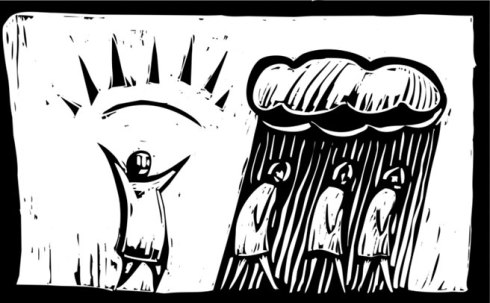I talked about Bipolar disorder in my last post. Another common mood disorder is MDD. Many people in today’s world misuse the true meaning of mood disorders. You will find someone with normal mood swings referred to as Bipolar, which is really offensive to people with the actual disorder. Another example would be a girl who feels she did terribly bad on her exam: “Ugh! I did so bad, I am so depressed!” Do you even know what depression is? Well, let me give you brief you through this major disorder.
Major depressive disorder, also known as unipolar disorder, is a mental disorder that is characterized by a full-blown low mood, accompanied with low self-esteem, loss of interest and pleasure in daily life activities. Major depressive is a disorder that largely affects a person’s family, work, school, social life, sleeping and eating habits – health in general. The disorder is common between the ages of 20-30 and is recurrent between the ages of 30-40. There is no specific tests for MDD, it is usually diagnosed based on a patient’s self-reported experiences and behaviors. patients are usually treated with anti-depressants, and could sometimes receive psychotherapy or counseling. Like Bip0lar, with severe cases, MDD patients might be hospitalized if the situation reached self-neglect or harm to self or others.
Patients with MDD have shorter life expectancies than those without the disorder. No one knows for sure what the causal factors for MDD are, but they include psychological, psycho-social, hereditary, evolutionary and biological factors. The disorder is co-morbid with other disorders, which causes greater disability and increases suicide attempts.

